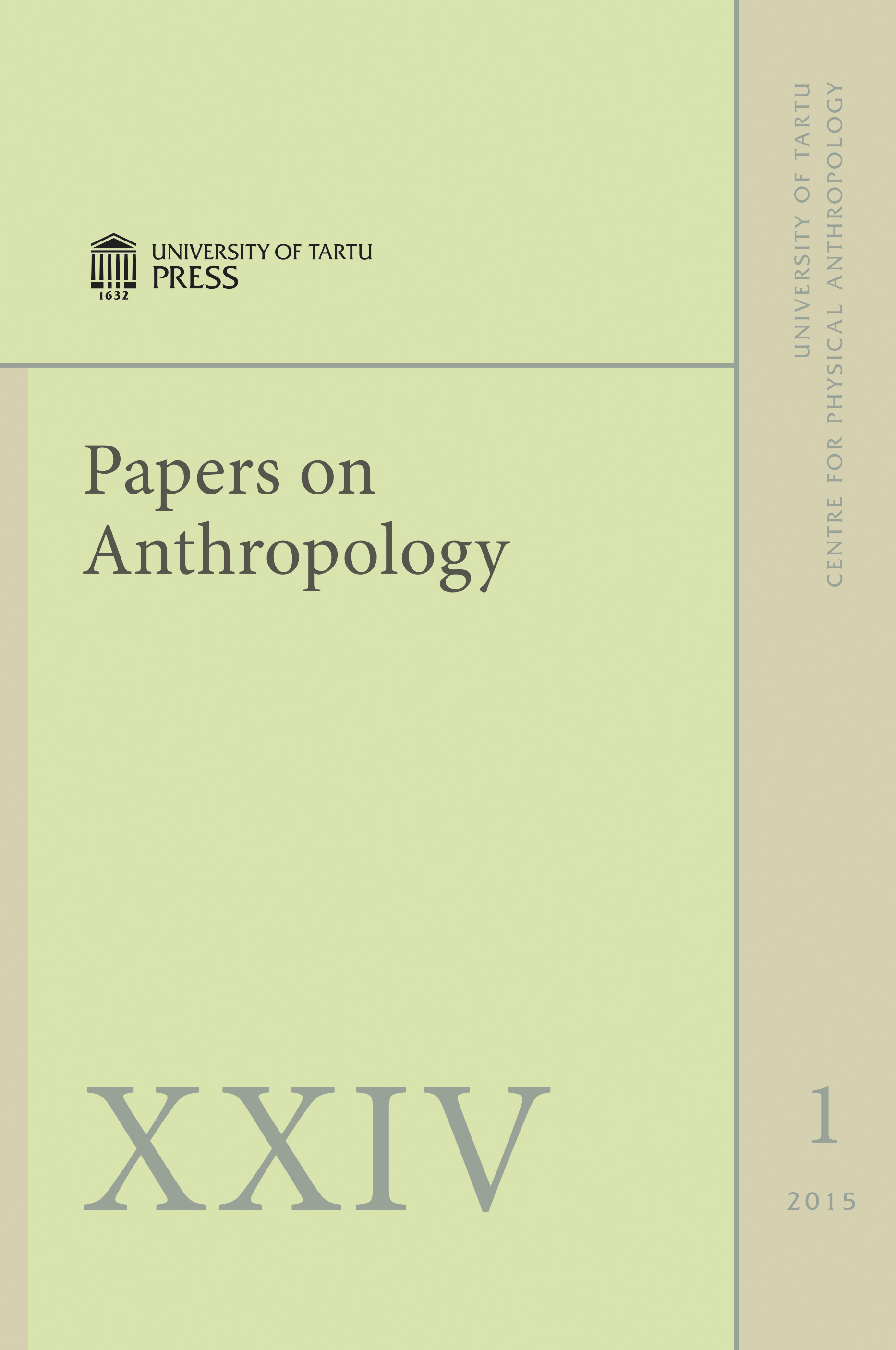Expression of TGFβ-3, PAX9, RYK, matrix metalloproteinases and their tissue inhibitors in human cleft-affected tissue
DOI:
https://doi.org/10.12697/poa.2015.24.1.07Keywords:
cleft lip and palate, PAX9, RYK, MMP, TIMP-2, TGFβ-3Abstract
Formation of mammalian lip and palate involves multiple developmental steps that finally lead to the fusion of the two bilateral palatal shelves along the facial midline. Recent studies confirm that on the basis successful orofacial formation is coordinated interactions of several factors including genes, growth factors, enzymes and their natural inhibitors. The aim of our study was to investigate cleft disordered tissue in children with cleft lip and palate for detection of local expression of key regulators of palatogenesis.
The study involved 10 patients with unilateral cleft lip and palate at the age of three months to four years and eight months. Tissue samples were collected during the surgical procedure from the borders of the cleft region. Material was proceed for detection of PAX9, RYK, TGFβ-3, MMP-8, MMP-9 and TIMP-2 with biotin-streptavidin immunohistochemistry. Distribution of immunoreactive structures was detected semiquantitatively.
Expression of PAX9 and RYK was more pronounced in cleft lip and palate disordered epithelium. The relative number of PAX9 positive epitheliocytes was very variable, while RYK mainly stained few cells localized into middle layers. Expression of TGFβ-3 was detected in the tissue of all patients. We saw numerous positive epitheliocytes in eight cases, but underlying connective tissue mainly demonstrated few or moderate number immunoreactive cells. Expression of MMP-8 was found only in epithelium of eight patients and it was slight, while MMP-9 and TIMP-2 marked variable number of positive epithelial and connective tissue cells.
Conclusions. Expression of Pax-9 is more characteristic for cleft lip and palate affected tissue and probably facilitates tissue reconstruction due to its mitogenic effect. Rich expression of TGFβ-3 in cleft lip and palate disordered tissue may play a role in successful tissue remodelling and scar-free healing. Cleft lip and palate disordered tissue are characterizied by more pronounced expression of MMP-9, it slightly predominate expression of TIMP-2, giving evidence to the involvement of mentioned factors in the postnatal tissue remodeling.

